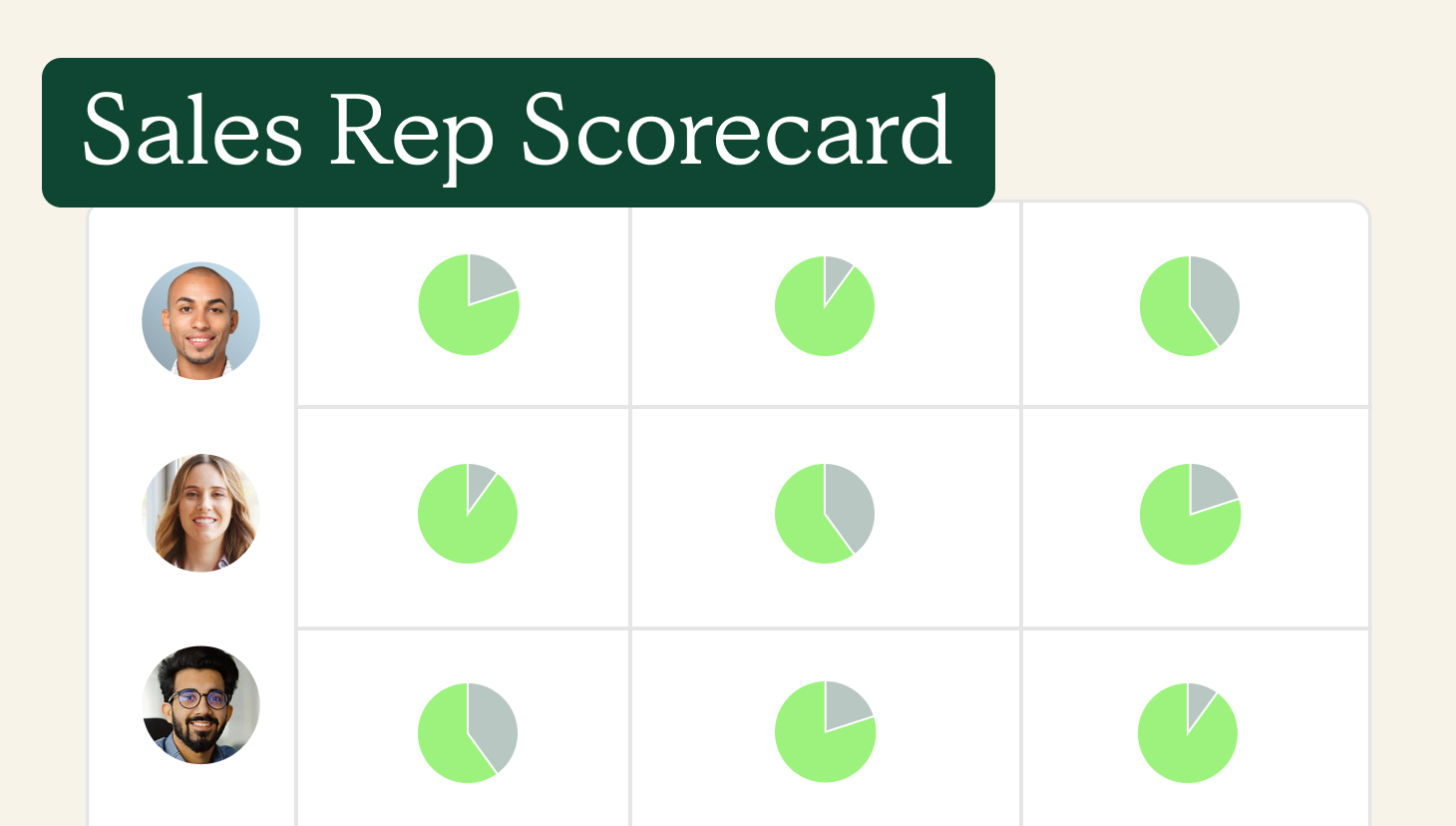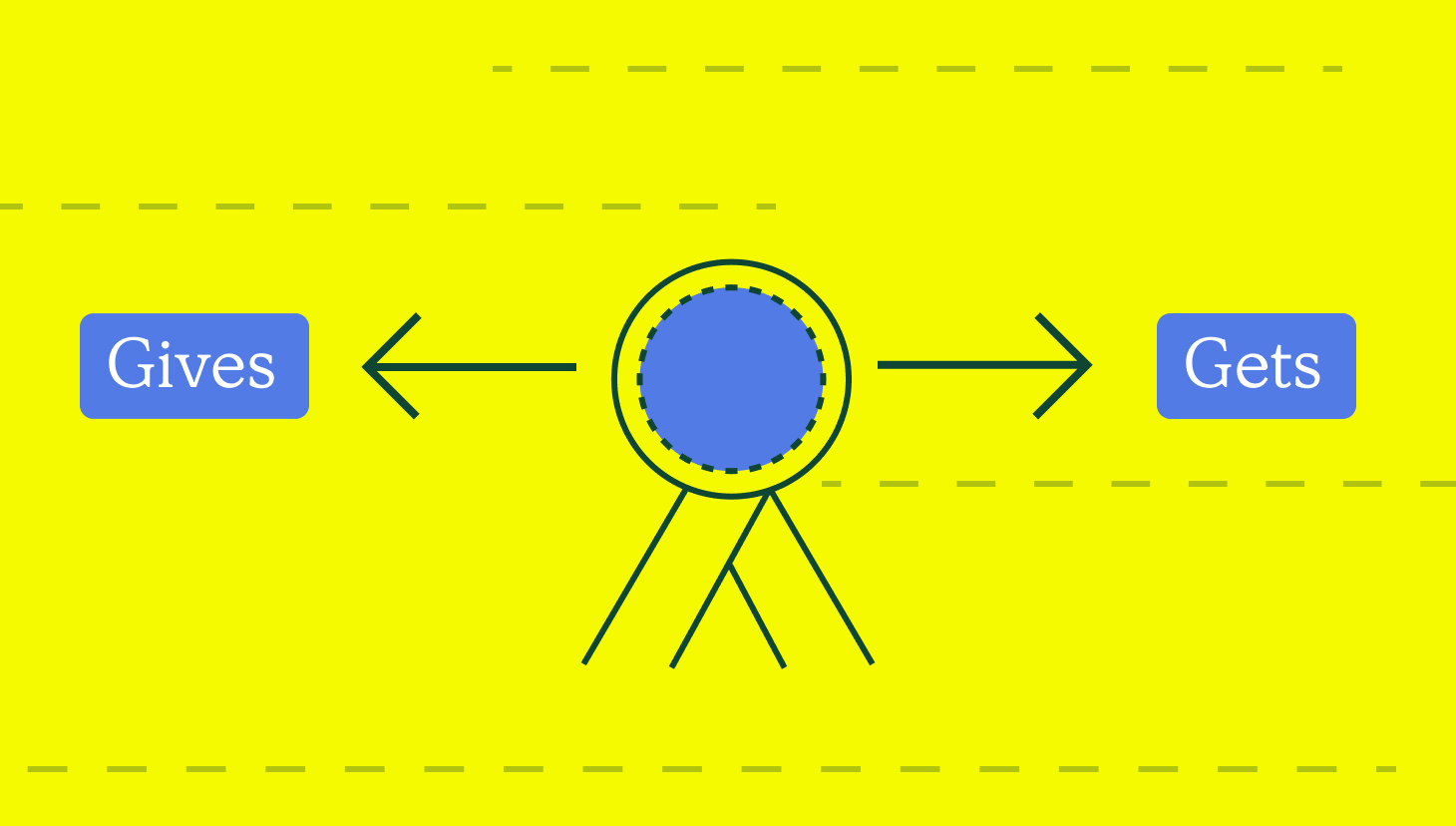It was my second day in the office back in 2008. At the time, we were expected to make 50-60 cold calls to PR professionals, and I was having a hard time swallowing my pride and working up the guts to actually pick up the phone. I remember taking a deep breath, dialing out, and waiting inevitably as a gatekeeper, or WORSE, the contact picked up…
A lot has changed in the last decade and it seems like every few days there’s another splashy new article being passed around LinkedIn declaring the death of cold calling as a sales tactic. With headlines describing cold calls as intrusive, ineffective, and overly labor-intensive, these articles are good for generating engagement, but are they accurate?
Not exactly.
While it’s true that some common practices associated with cold calling have fallen out of favor, the practice as a whole is alive and kicking in many sales organizations. As with any other sales technique, there’s a right way and a wrong way to do cold calling. To make it work for you, it’s important that you know what to do (and what not to do) before picking up the phone.
Don’t: read a script. Do: talk like a person.
This is one big reason cold calling has gotten a bad reputation. We’ve all picked up the phone only to have someone dispassionately read off a sales spiel without coming up for air. While having a list of talking points available is a great idea (and can help you keep the conversation headed in the right direction), just reading from a script is another matter entirely.
Reading a formulaic message drastically reduces the chances that the prospect will respond to your message (or even stay on the phone). Monopolizing the conversation to spit out your sales pitch indicates that you’re uninterested in what the other person on the line thinks or cares about. Though a cold call will definitely be more talking on your end than a discovery call, it’s ultimately still a conversation between two people. Make sure you’re asking questions and keeping the other person engaged.
Don’t: call without doing some research first. Do: have an idea of who you’re talking to.
Another reason cold calling has fallen out of favor—at least with thinkpiece authors— may have something to do with the word “cold.” Cold calling generally used to mean dialing number after number and talking to whoever picked up, but it shouldn’t work that way in a modern sales organization. With the amount of sales intelligence tools the average salesperson has access to (including just a simple Google search), there’s no reason to make a call without taking at least a minute or two to do some research.
Before you pick up the phone, try to arm yourself with a little basic knowledge: what are some common pain points in this industry? Who are the big players? Who are this company’s competitors? This knowledge will allow you to tailor your talking points and position your company as a solution to the prospect’s problems, and will help you stand out from the many truly cold calls this person likely fields each week.
Don’t: let a cold call be your first and only point of contact. Do: follow up (or send an email first).
If your plan was just to call a prospect and hope for the best, you may not get the best results. A cold call works best as part of a multi-touch effort to get in front of a decision maker. That may mean sending an email over first and following up with a call a day or two later. It may look like calling and leaving a voicemail, following up with an email, and attempting to call again a few days later. It might take some experimentation to find the best combination of outreach activities, but no matter what, remember that one call is probably insufficient.
How to get better at cold calling
Cold calling can be awkward if you’re not used to it, but like any other common work task, it’s a skill that you can improve. For your own benefit, consider recording your calls and listening to them as a training exercise. Are you monopolizing the conversation, or allowing engagement from the prospect? Did you sound reasonably well-versed in their goals and pain points? Did you do a little research before calling to make sure your company can help them? Does your voice sound warm, engaging, and enthusiastic about what you’re selling?
While thinkpiece authors love to ring the death knell of cold calling, the facts aren’t on their side. Many thriving sales organizations still use cold calls as an effective part of their process. As long as you’ve done a little bit of research and are confident that you’ve got a solution to this contact’s pain points, there’s no reason to dread reaching out.
Ready to take control of your sales goals? Get access to our powerful sales performance tracking tool — for free!



